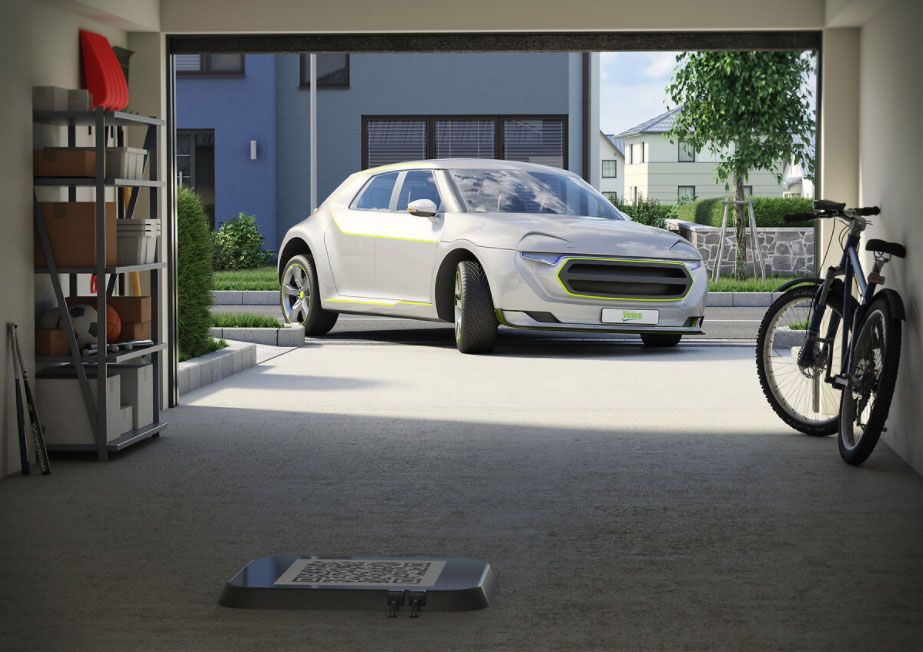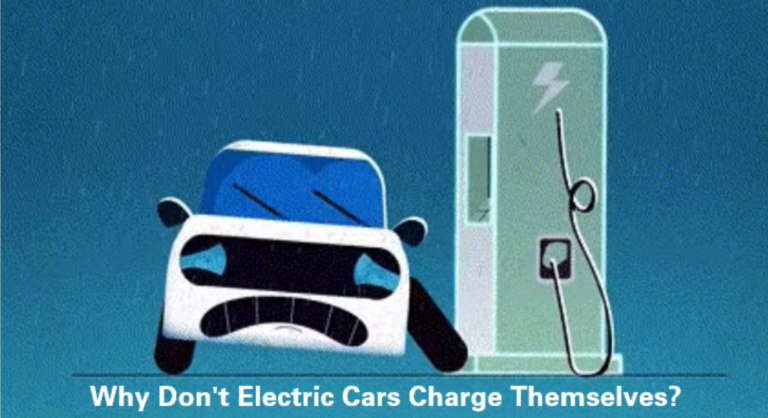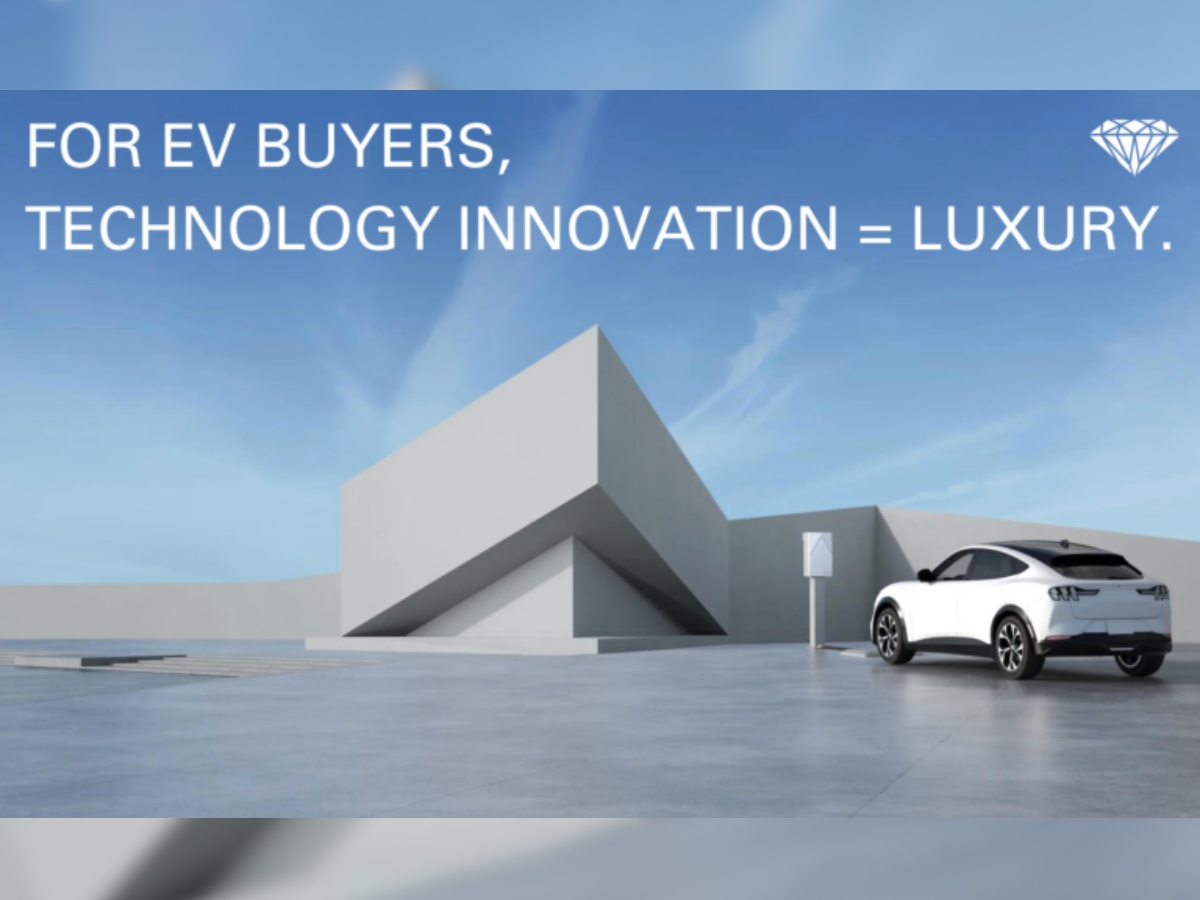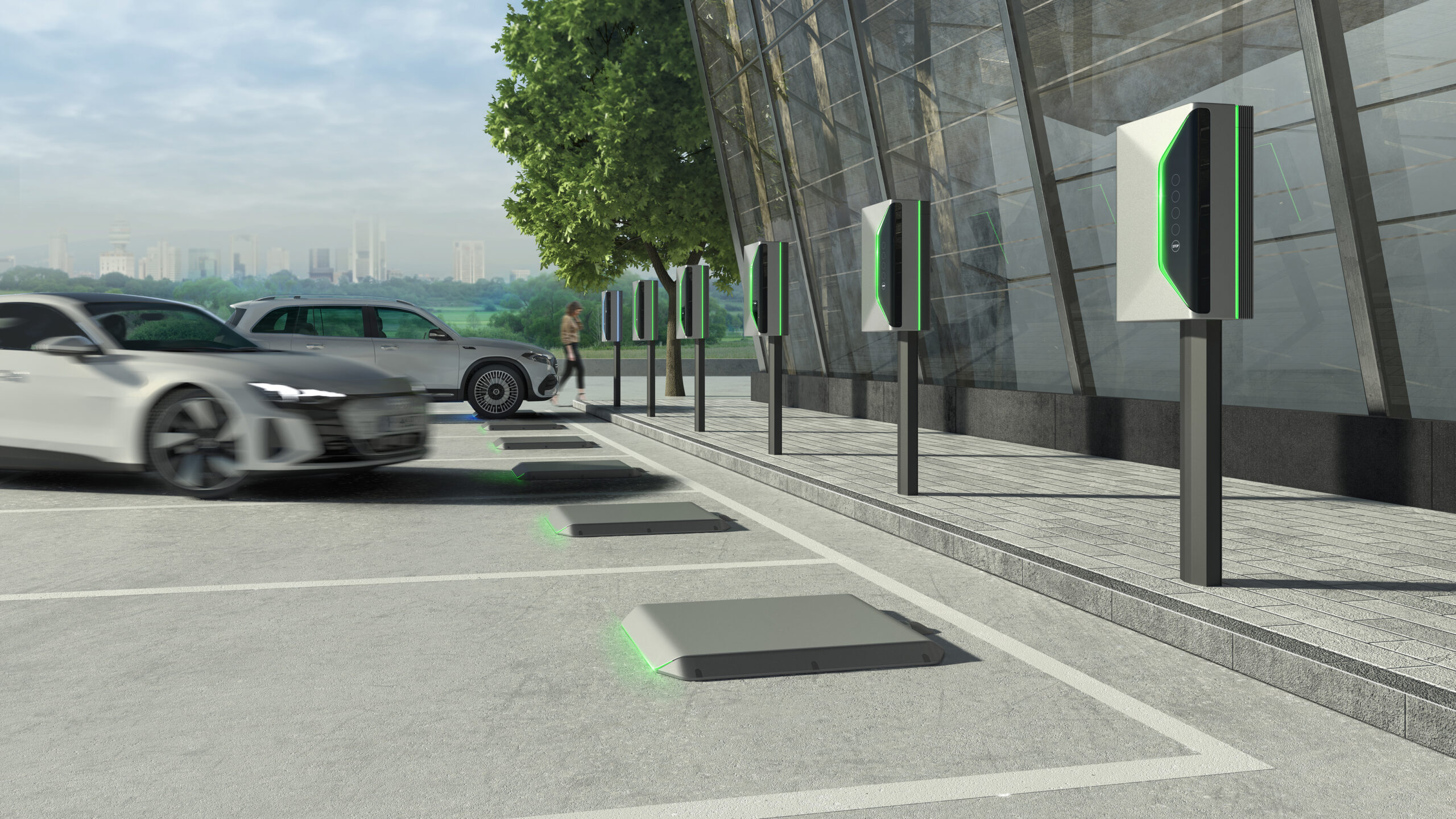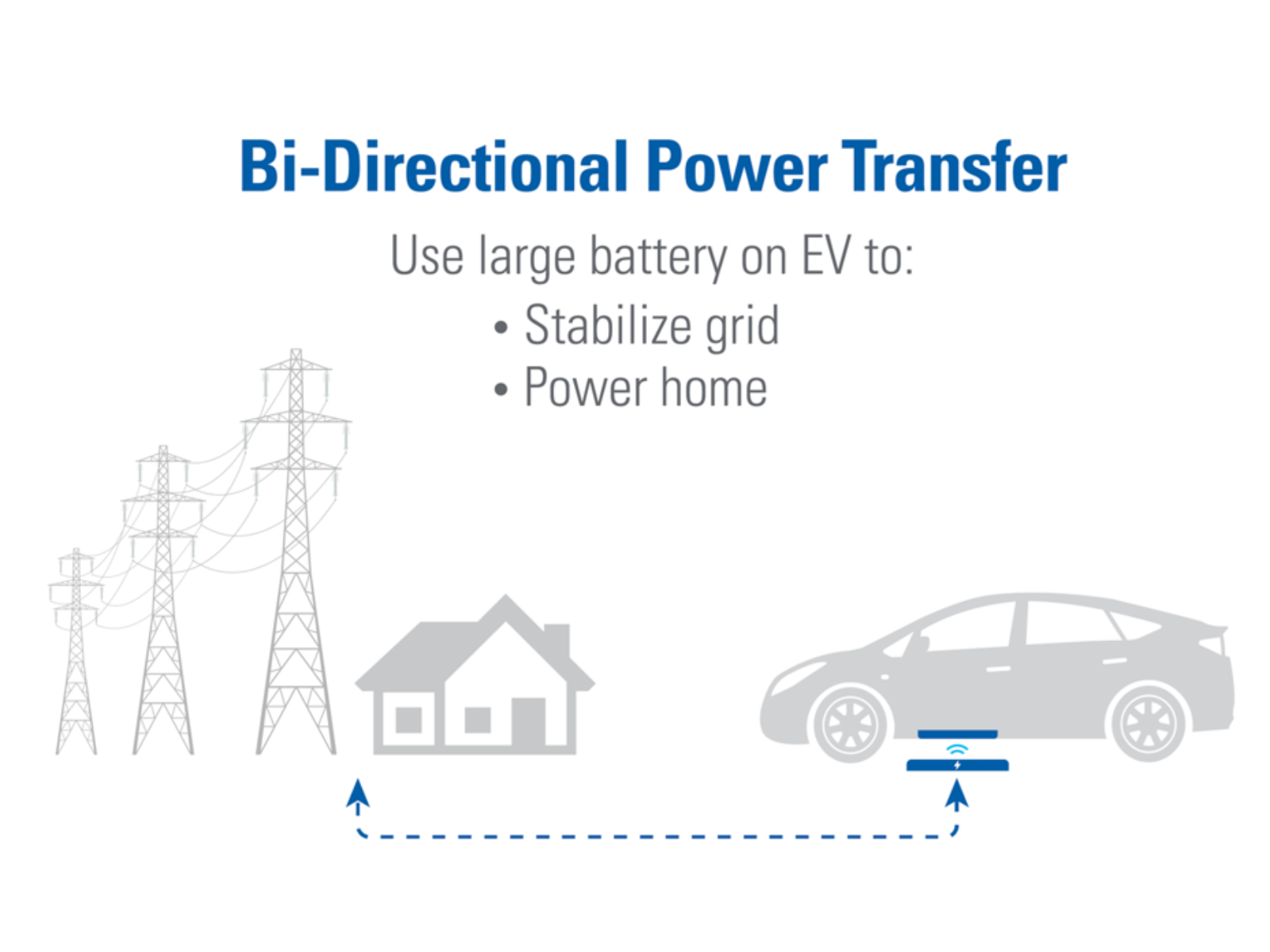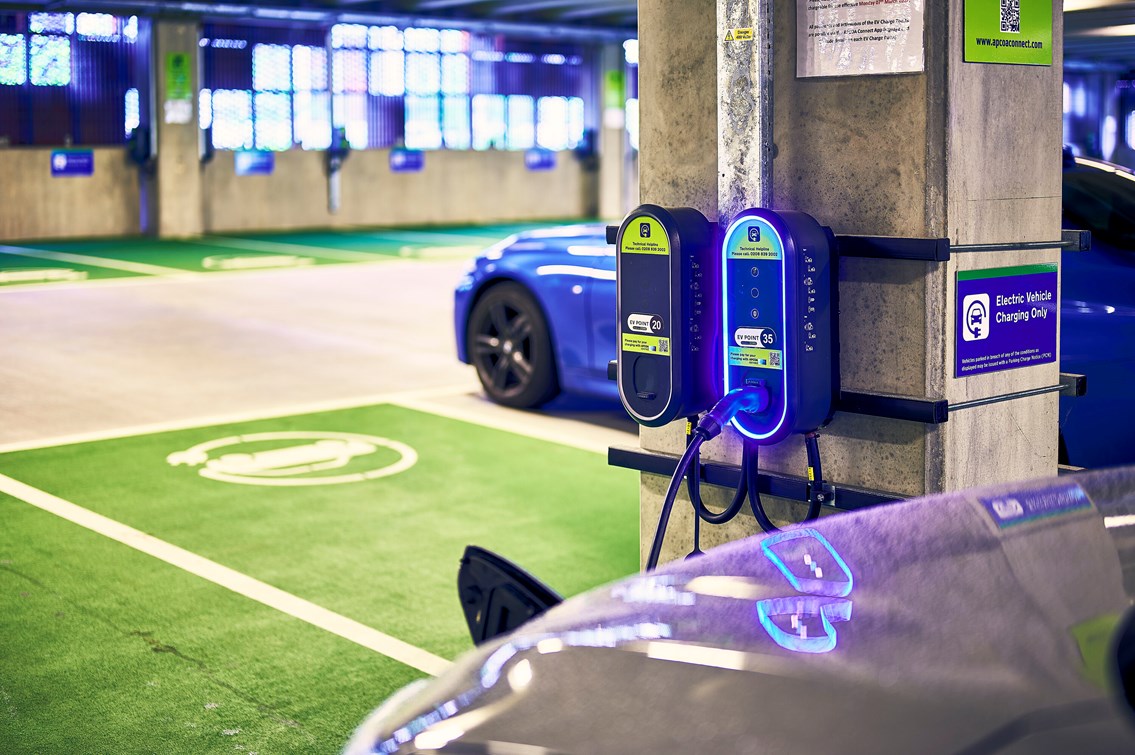Wireless Charging Needs to Be a Requirement, Not an Option
- By Eric Cohen, Marketing Manager
David Meng was charging his BMW before most people had even heard about electric vehicles. As an entrepreneur who is always fascinated by the latest technology, David took the plunge into hybrid vehicles very early on and was one of the first to raise his hand when BMW offered a wireless charging pilot program in 2019 on the 530e. Piloted in 200 vehicles, this first-ever wireless charging-enabled hybrid electric vehicle (HEV) was based on WiTricity’s patented technology. (You can see it in action here.) It certainly makes sense that David selected this vehicle considering that he has always worked at commercializing emerging technologies. From wireless charging, to the mobile space, to LEDs for general lighting, David continually strives to be a first adopter. Most recently, his work has led him to edge computing, infrastructure, and smart mobility.
David’s BMW 530e was his eleventh BMW. He’s always been a “car guy” but has rarely strayed from his preferred brand. For David, an EV represents not only what an electric vehicle can deliver today for the driver, but it’s the beginning of a whole new segment. “We’re now at the beginning for EV technology. I’m fascinated by the improvements we’re going to make 10 years from now. Can you imagine back when Henry Ford introduced the automobile and gave people an inkling of what cars could become? It’s also a paradigm shift. We’re now moving from a mechanical device to a full-blown digital device. Think of it as a computer on wheels.” When it came time to take the battery electric vehicle (BEV) plunge, David wanted a larger vehicle. His natural inclination was to turn to BMW but since they don’t yet have a large EV, he selected the Rivian R1S. “It’s the only product that embodies all the offroad capabilities with true 7-seat seating.”
Many people are motivated to purchase electric vehicles to save the planet. “Sustainability is a motivator for me, but it’s not enough to make me compromise on a vehicle.” For David, a car needs to be a product that encompasses what we expect from functionality, comfort, and joy. “Everyone has different reasons for purchasing a vehicle. For some it’s fun. For others, it’s function. And for others, it’s aesthetics. Car manufacturers are now creating EVs that do everything your old internal combustion engine vehicle did – and so much more.”
As an early adopter of wireless technology, David considers wireless charging for EVs as the first chapter of an exciting book. “It represents an enabling technology. For instance, there are so many things in our future concerning autonomy, which makes wireless charging ubiquitous. It changes the way EVs will be designed. And helps consumers to stop thinking in terms of miles available on a single charge.” Now this is where David gets really excited!
“If we have wireless charging everywhere, drivers can continually get energy every time they stop, rather than having to go somewhere for fuel. At a store, restaurant, or work – a driver can simply drive up, park, and their car begins charging. It also changes the way we think of autonomous vehicles. Car manufacturers keep talking about driverless cars, but it’s not really driverless if someone has to plug it in. Wireless charging enables a driverless future.”
Because of his excitement and fervor, David recommends that all EV drivers (and those looking to purchase an EV) should ask for wireless charging. “It may not be broadly available today, but the landscape is going to change very quickly. It’s clean and it’s streamlined. No complications, no mess, no wires, and no connectivity issues. It needs to be a requirement on all EVs. Not just an option.”
This article was originally published by WiTricity Corporation.



